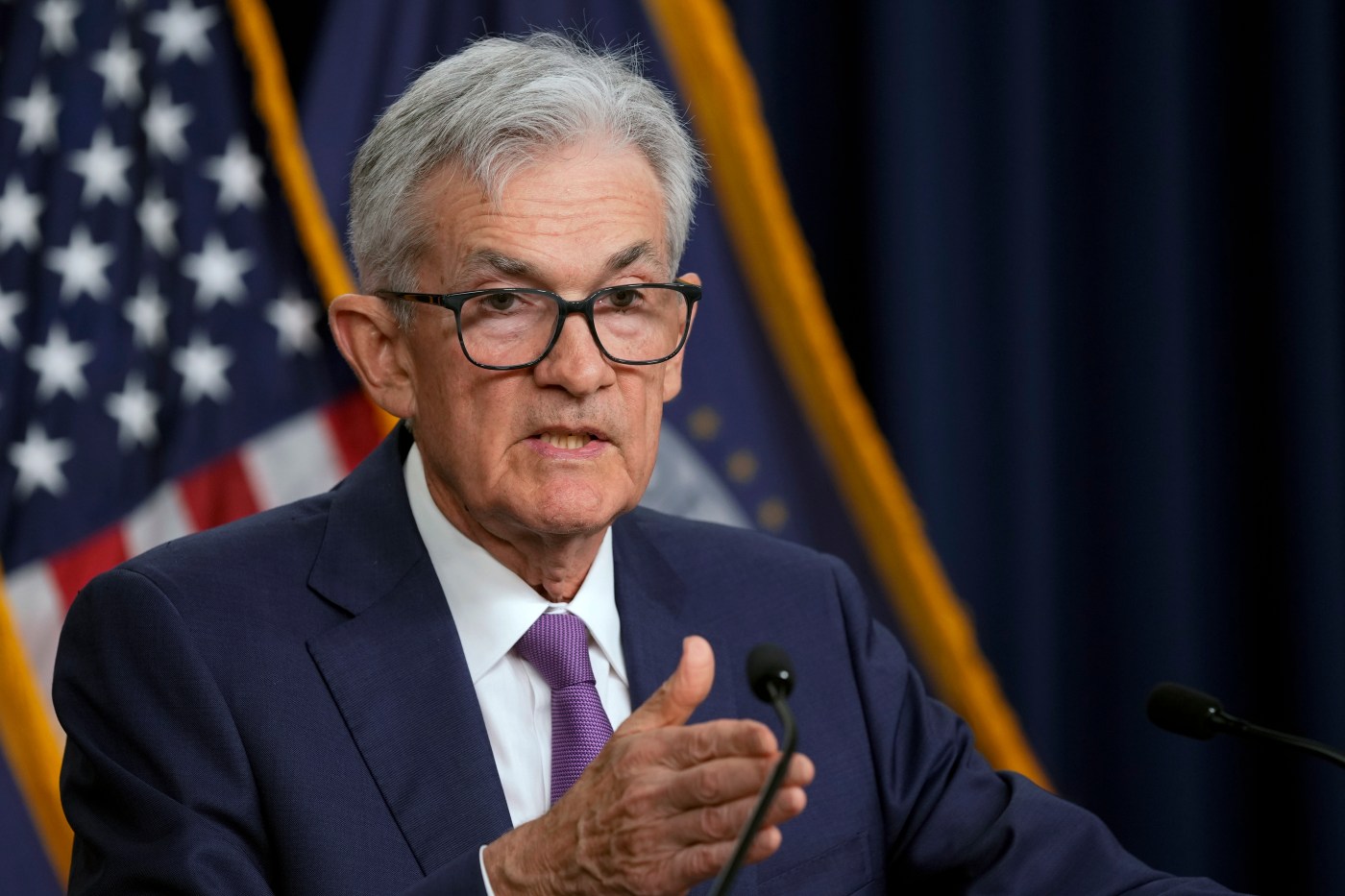
Stuck on high: Rates to remain at two-decade record level until inflation cools
WASHINGTON — The Federal Reserve on Wednesday emphasized that inflation has remained stubbornly high in recent months and said it doesn’t plan to cut interest rates until it has “greater confidence” that price increases are slowing sustainably to its 2% target.
The Fed issued its decision in a statement after its latest meeting, at which it kept its key rate at a two-decade high of roughly 5.3%. Several hotter-than-expected reports on prices and economic growth have recently undercut the Fed’s belief that inflation was steadily easing. The combination of high interest rates and persistent inflation has also emerged as a potential threat to President Joe Biden’s re-election bid.
“In recent months,” Chair Jerome Powell said at a news conference, “inflation has shown a lack of further progress toward our 2% objective.”
“It is likely that gaining greater confidence,” he added, “will take longer than previously expected.”
The Fed chair stressed that the central bank’s decision on when to cut rates will depend on the latest economic data. But he struck a note of optimism, saying, “My expectation is that over the course of this year, we will see inflation move back down.”
Wall Street traders initially cheered the prospect that the Fed will cut rates at some point this year as well as Powell’s comment that the Fed isn’t considering reverting to rate increases to attack inflation.
“I think it’s unlikely that the next policy rate move will be a hike,” he said.
Later, though, stock prices erased their gains and finished the day essentially unchanged from where they were before Powell’s news conference.
The central bank’s overarching message — that more evidence is needed that inflation is moving to the Fed’s target level before the policymakers would begin cutting rates — reflects a shift. As recently as their last meeting on March 20, the officials had projected three rate reductions in 2024, likely starting in June. Rate cuts by the Fed would lead, over time, to lower borrowing costs for consumers and businesses, including for mortgages, auto loans and credit cards.
But given the persistence of elevated inflation, financial markets now expect just one rate cut this year, in November, according to futures prices tracked by CME FedWatch.
The Fed’s warier outlook stems from three months of data that pointed to chronic inflation pressures and robust consumer spending. Inflation has cooled from a peak of 7.1%, according to the Fed’s preferred measure, to 2.7%, as supply chains have eased and the cost of some goods has actually declined.
Average prices, though, remain well above their pre-pandemic levels, and the costs of services ranging from apartment rents and health care to restaurant meals and auto insurance continue to surge.
Powell also downplayed any concerns that the economy might be at risk of sliding into “stagflation” — a toxic combination of weak growth, high unemployment and elevated inflation that afflicted the United States during the 1970s.
“I was around for stagflation,” Powell said, “and it was 10% unemployment, it was high-single-digit inflation. And very slow growth. Right now, we have 3% growth which is pretty solid growth, I would say, by any measure. And we have inflation running under 3%. …I don’t see the ‘stag’ or the ‘flation,’ actually.”


